This was published 1 year ago
Imposters: These 10 tasty dishes aren't from where you think
By Brian Johnston
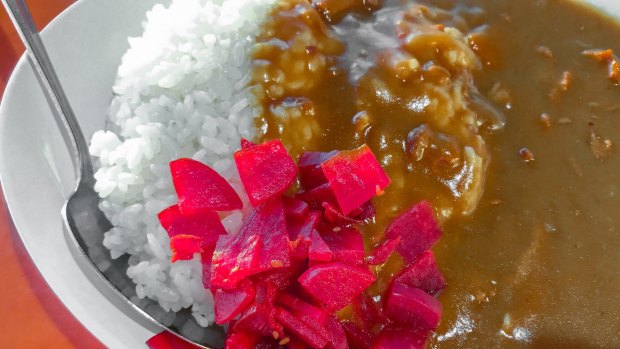
Japanese curry was introduced to Japan in the nineteenth century by the British Navy. Credit: Getty
Don't be misled by the name: these popular dishes don't originate where you might think.
JAPANESE CURRY
Japanese curry – usually chicken, potatoes, onions and carrots in a mildly spicy sauce – is so common it could well be called a national dish, and has even developed its own regional characteristics. It was introduced in the nineteenth century by the British Navy, whose curry was already a pale imitation of Indian dishes. Japanese curry is often eaten with side dishes of pickles, another maritime influence. Friday is still curry night aboard Japanese naval vessels.
CAESAR SALAD
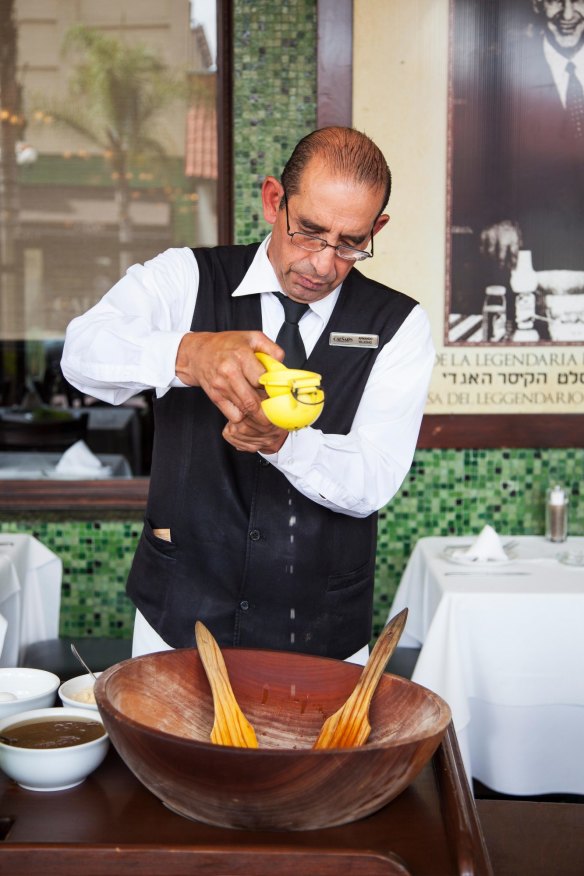
Credit: Lindsay Lauckner Gundlock / Alamy
Its name suggests an Italian connection going back to the days of the Roman Empire, while those more aware of its recent origins consider this a quintessentially American salad. In fact, this leafy favourite was invented at Caesar's Restaurant in Tijuana in Mexico. Admittedly, it was created by an Italian immigrant, Cesare (or Caesar) Cardini, who one busy day in 1924 improvised the salad with a motley assortment of left-over ingredients.
BAKED ALASKA

Credit: iStock
This yummy ice cream and meringue dessert doesn't come from Alaska, nor has it anything to do with Alaska becoming part of the USA in 1867. It has its origins in 1830s France in a dish called Norwegian omelette – which had nothing to do with Norway, either. It was introduced to New York in the 1870s by French pastry chefs, and originally very expensive. In Hong Kong, a variation called Flame on the Iceberg is flambéed with whiskey.
CHICKEN TIKKA MASALA

Credit: David Cabrera Navarro / Alamy
The only generality you can make is that this dish features chicken pieces in a creamy, spicy orange sauce, since recipes vary wildly between restaurants. It was likely invented in 1960s Britain, some claim by Bangladeshi chefs, some by a Pakistani chef in Glasgow. Whatever, it has become one of the most popular non-native dishes in Britain. In fact, it was named by the foreign secretary in 2001 as a "true British national dish".
CHOP SUEY

Credit: iStock
This ubiquitous dish is a mix of meat or fish, eggs and vegetables in a gluggy sauce and has no discernible attraction, yet is ubiquitous in Chinese restaurants across North America, and has spread across Pacific islands and into the Philippines thanks to American influence. It may have distant origins in Guangdong Province but was basically invented in California by Chinese chefs in the nineteenth century. There are many urban myths about how it came about, none supported by evidence.
TACOS AND FAJITAS
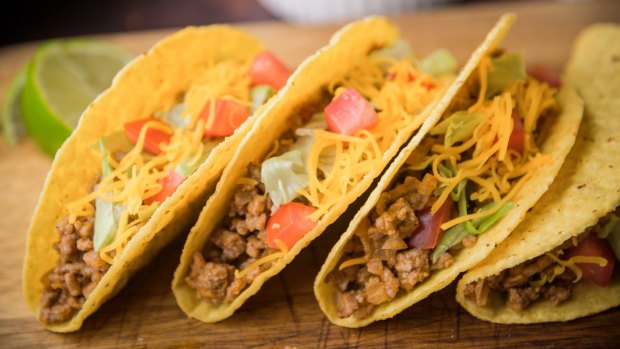
Credit: iStock
The taco, or soft tortilla folded around a filling, has been eaten in Mexico for an uncertain number of centuries. However, the hard-shelled, crispy taco we're familiar with from supermarkets here emerged in America in the early twentieth century. The fajita (strips of meat, onion and capsicum served on a tortilla) is another cross-border Tex-Mex invention dating back less than a century, and whose name only appeared in print in 1971.
SIZZLING MONGOLIAN BEEF
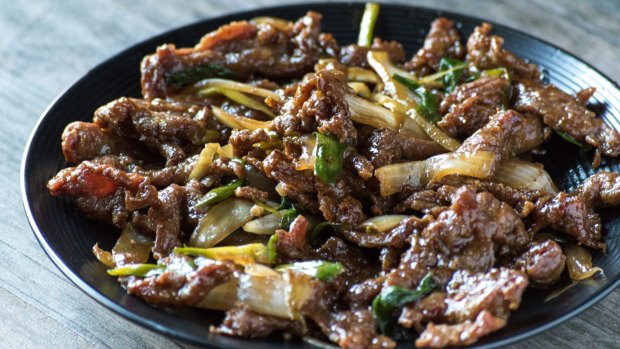
Credit: Lynne Mitchell/iStock
You've guess it, not Mongolian. The way the dish is cooked on a hot griddle is more akin to Korean than Mongolian cuisine, and when the dish was invented in Taiwan in the 1950s the influence of Japanese teppanyaki cooking also played a part. The mix of beef (or lamb) with onions and vegetables comes close to a Chinese stir fry. Beef isn't particularly traditional in Mongolia. Confused? It doesn't matter when you're tucking in.
SCOTCH EGG

Credit: iStock
Debate rages over the exact origins of this dish but, whether English, African or Indian, it has nothing to do with Scotland. Some say these eggs, encased in sausage meat and breadcrumbs and then deep fried, were invented in the northern English seaside town of Whitby, others by posh food purveyor Fortnum & Mason as a picnic snack. They're similar to Indian nargisi kofta, though without the spices, and to historical North African dishes. Sicily and the Philippines also have related street snacks.
ITALIAN DRESSING
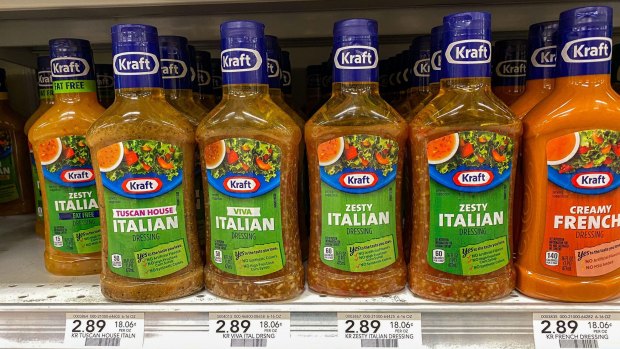
No, not Italian. Although salads may be dressed in Italy with some of its ingredients such as oil, vinegar and lemon juice, the Italians have no habit of pre-mixed vinaigrettes. They certainly have no creamy variety as in America, in which milk products are sometimes added. Italian dressing seems to have been created by Italian immigrant families in America in the 1940s, with restaurants in both Massachusetts and Missouri claiming to have popularised it.
LOMO SALTADO
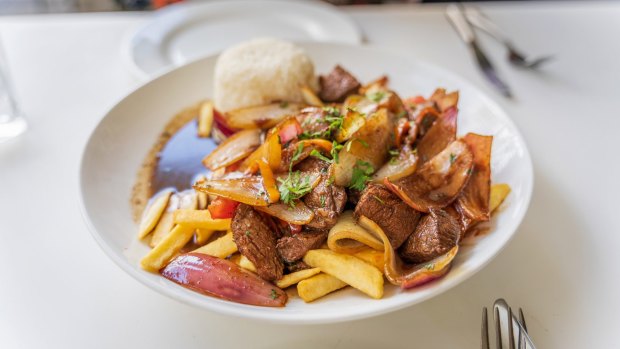
Credit: iStock
You only need to glance at one of Peru's most popular dishes – strips of beef with onion and tomato – to see it originated as a Chinese (and more particularly Cantonese) stir-fry. Its accompaniments of both rice and chips reinforces the cultural duality. Large numbers of southern Chinese immigrants arrived in Peru in the late nineteenth century, and local cookbooks started featuring it shortly afterwards. Peru and neighbouring countries have many other Chifa (Peruvian-Chinese) fusion dishes such as stir-fried noodles and wonton soup.
See also: Where did pavlova really originate? The world's seven most-disputed foods
See also: Ten endangered species you shouldn't eat
Sign up for the Traveller Deals newsletter
Get exclusive travel deals delivered straight to your inbox. Sign up now.